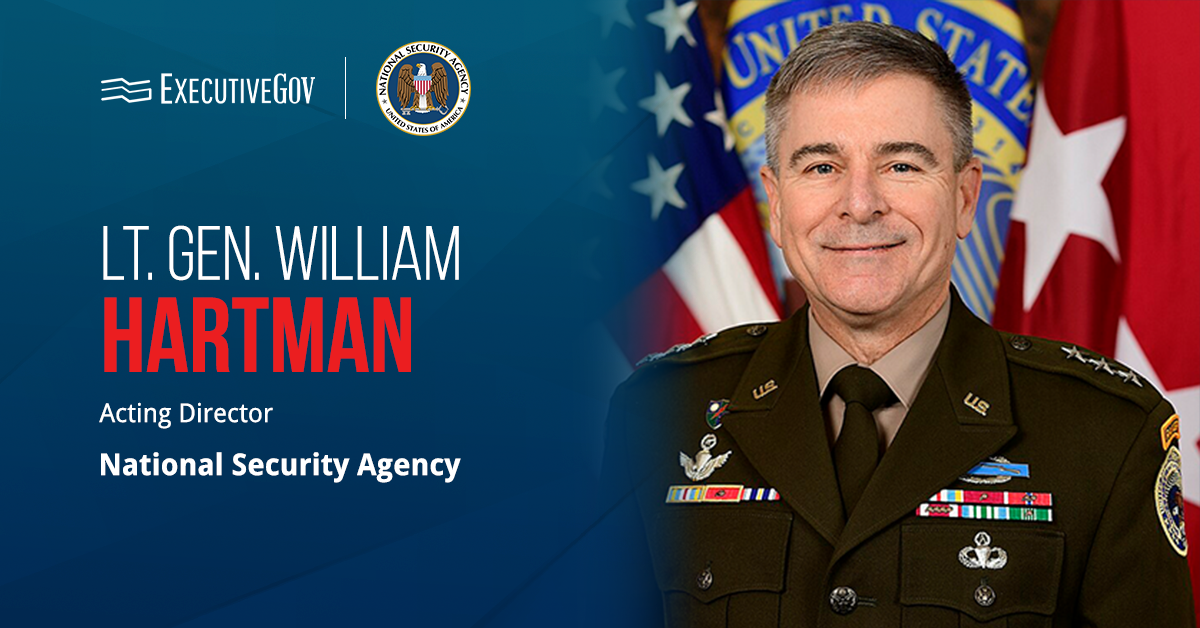The National Institute of Standards and Technology has released updated guidance outlining ways to incorporate incident recommendations and considerations into cybersecurity risk management activities in alignment with the second iteration of its Cybersecurity Framework, or CSF 2.0.
NIST said Thursday the Special Publication 800-61 Revision 3 seeks to help organizations mitigate the impact of cyber incidents and enhance the efficiency and effectiveness of their incident detection, response and recovery efforts.
Table of Contents
Incident Response Life Cycle Model Based on 6 CSF 2.0 Functions
The publication presents an updated incident response life cycle model based on the six functions of CSF 2.0: govern, identify, protect, detect, respond and recover.
According to NIST, the govern, identify and protect functions help organizations prevent cybersecurity incidents, prepare to manage incidents that occur, reduce the impact of such incidents and enhance incident response and cyber risk management practices based on lessons learned.
Meanwhile, the detect, respond and recover functions seek to help organizations discover, prioritize, manage and recover from cyber incidents, as well as conduct incident reporting, notification and other incident-related communications.
CSF 2.0 Community Profile
The document includes a section defining NIST’s CSF 2.0 Community Profile for cyber incident risk management.
According to NIST, the profile uses the CSF Core as the basis for prioritizing cyber outcomes that are key to incident response, offers recommendations and gives other supporting information on certain CSF outcomes within the context of incident response.
Attend the Potomac Officers Club’s 2025 Cyber Summit on May 15 and hear experts discuss new cyber policies, modernization strategies and more. Register now!













